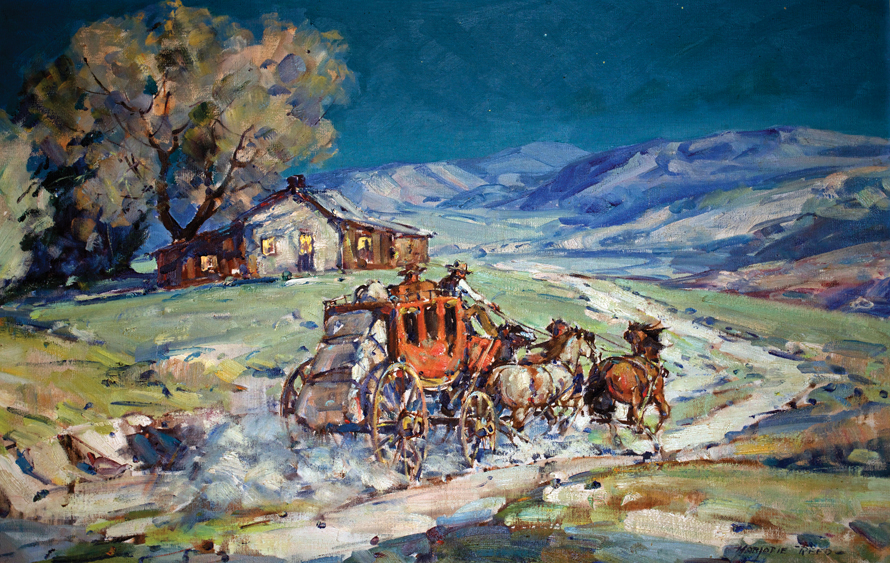BUILT IN 1857 BY VICENTA CARRILLO, a prominent Californio woman rancher, the Warner-Carrillo Ranch House tells the story of the Southern Emigrant Trail, the Butterfield Overland Stage Station, and the prominent ranching history in the Valle de San José.
The ranch house played a leading role in the history of the American West, as it was built directly beside the emigrant trail. It figured prominently in the settlers' diaries as their first glimpse of the promised land, the first well-watered valley to be encountered after crossing the Great Southwestern Deserts.
It represents Native American, Mexican, and American contact; the Frontier period of the westward migration; the Gold Rush; and the cattle ranching industry from 19th-century California through the 20th century to today.
In addition to being a residence for an extended family and the Butterfield Stage stop (1858-1861), it housed a trading post and a post office. As California's first regular overland transcontinental stage connection with St. Louis, this pioneering stage route ran along the Missouri Trail. The trail was the most southerly and only all-weather route to California. The stage stop was a key junction for travelers headed for San Diego and Los Angeles.
The historic setting is part of a huge expanse of natural open space, an area virtually unchanged from the mid-19th century and the great Western migration. Located on San Felipe Road (San Diego County Route S2) a half mile east of the State Route 79 junction, the ranch house and grounds present a rare opportunity to experience vivid history.
Its importance as the Southern Overland Emigrant Trail and Butterfield Stage Station cannot be overstated. The property was designated a National Historic Landmark in 1962, the highest rank for a US historic landmark.
Warner-Carrillo Ranch House is owned and restored by Vista Irrigation District (VID) and operated by Save Our Heritage Organisation, which is devoted to preservation and education, and which played an integral role in saving the site.
|


